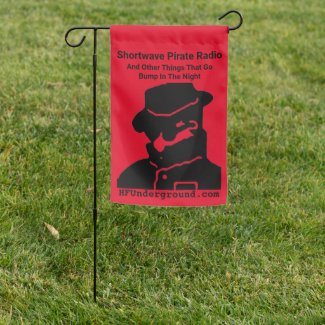5. Neither an antenna nor the feed line needs to be self-resonant (no inductive or capacitive reactances) to perform properly. Virtually any antenna and its feed line, no matter how reactive, can be brought to resonance by a properly designed trans- match.
6. Using low-loss transmission line, and at frequencies below 30 MHz or so, signals experiencing an SWR of at least 3:1 and perhaps as high as 5:1 will be indistinguishable from signals produced by a perfect 1:1 impedance match.
8. A large antenna does not radiate more power than a small antenna, nor is more power radiated from a particular con gu- ration (dipole, vertical, beam, quad, cage, bowtie, rhombic, loop, etc.). But a large antenna does radiate a more concentrated, directional field than a small antenna, and it captures more signal energy during reception.
Perhaps these final points at the end of the article play a role in the excellent performance that is often reported with large sky loop antennas? Mine is a big hunk of wire (about 670 ft) run around as much of the perimeter of the yard as I was easily able to access, at random heights depending on what tree branches I could get to. There are all sorts of resonant and anti-resonant points throughout the HF band. Yet, it works great.
It only starts performing poorly once I get to the lower part of the MW band, and then down into long wave, where it is very deaf. My 200 ft mini beverage works much better on long wave. The resonant frequency of my sky loop is about 1450 kHz (from theory, just considering it as a one wavelength single turn loop, which is probably not completely accurate, but close enough), so this makes sense, performance gets worse once you get much below that. I recently got the VHF/UHF converter for my netSDR, and the sky loop even works up into VHF and UHF. I can pick up FM stations on virtually each channel.



